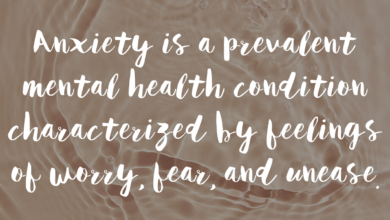What is Sliding Scale Therapy? — Talkspace

How Does Sliding Scale Therapy Work?
Instead of using the same flat, hourly rates for all clients, a sliding scale fee system allows costs to be adjusted based on what a patient can afford. Under this structure, providers change their fees and charge for therapy and counseling on a sliding scale that’s based on a patient’s income. Charging income-based rates means mental health services can be more inclusive and the benefits of therapy are accessible to more people.
Some mental health professionals openly advertise using a sliding scale, while others only offer a reduced fee or rate to patients who request them. Since sliding scale fees are generally determined by income, what a client pays for therapy services can change over time.
In addition to income, some therapists are open to looking at additional variables to determine the price of therapy. For example, they might consider family size when setting sliding scale rates.
It’s important to note that a sliding scale isn’t a discount and doesn’t affect a patient’s quality of care. Instead, this flexible fee structure simply considers a client’s ability to pay. Not all therapists and care providers use sliding scales. Even those who don’t, though, might use various other therapy cost reduction methods to make therapy more affordable.
Who can use a sliding scale structure?
While it’s common for therapists and other mental healthcare providers to use a sliding scale system, the structure is used by other healthcare providers and professionals, like dentists and lawyers, too. Although a sliding scale fee structure isn’t a requirement, the American Psychological Association (APA) recommends that mental health providers treat some patients at reduced rates.
Charging patients on a sliding scale means more people will have access to care — yet still, not all therapists offer this option. Therapists who accept insurance typically sign contracts that may prevent them from reducing their rates.
Providers unable to use a sliding scale structure might choose alternatives to make therapy more affordable. This might include offering a limited number of free sessions to low-income clients, or accepting payment plans. Therapists may also charge reduced fees to clients who don’t have insurance and pay for therapy out of pocket.
How are sliding scale therapy fees calculated?
Sliding scale fees are typically based on a client’s income, but they can be calculated differently in some cases. For example, many providers base their rates on the United States Federal Poverty Level guidelines, which are updated yearly. These guidelines use income and family size to determine eligibility for services.
Some providers use a formula to calculate fees, like [0.002] x [Annual Income]. It’s common to set rates based on income ranges. This could look something like clients earning between $20,000 to $44,999 or year are charged a lower rate per session, while those in a higher income bracket should expect to pay more.
Many care providers who offer a sliding scale fee set a minimum price — this is the lowest amount they’ll accept for a therapy session. While some therapists offer sliding scale services to all clients, others may only offer a limited number of sliding scale slots. Some therapists ask clients to provide proof of income, but not all do. Many don’t require clients to provide any evidence at all.
Source link
#Sliding #Scale #Therapy #Talkspace

